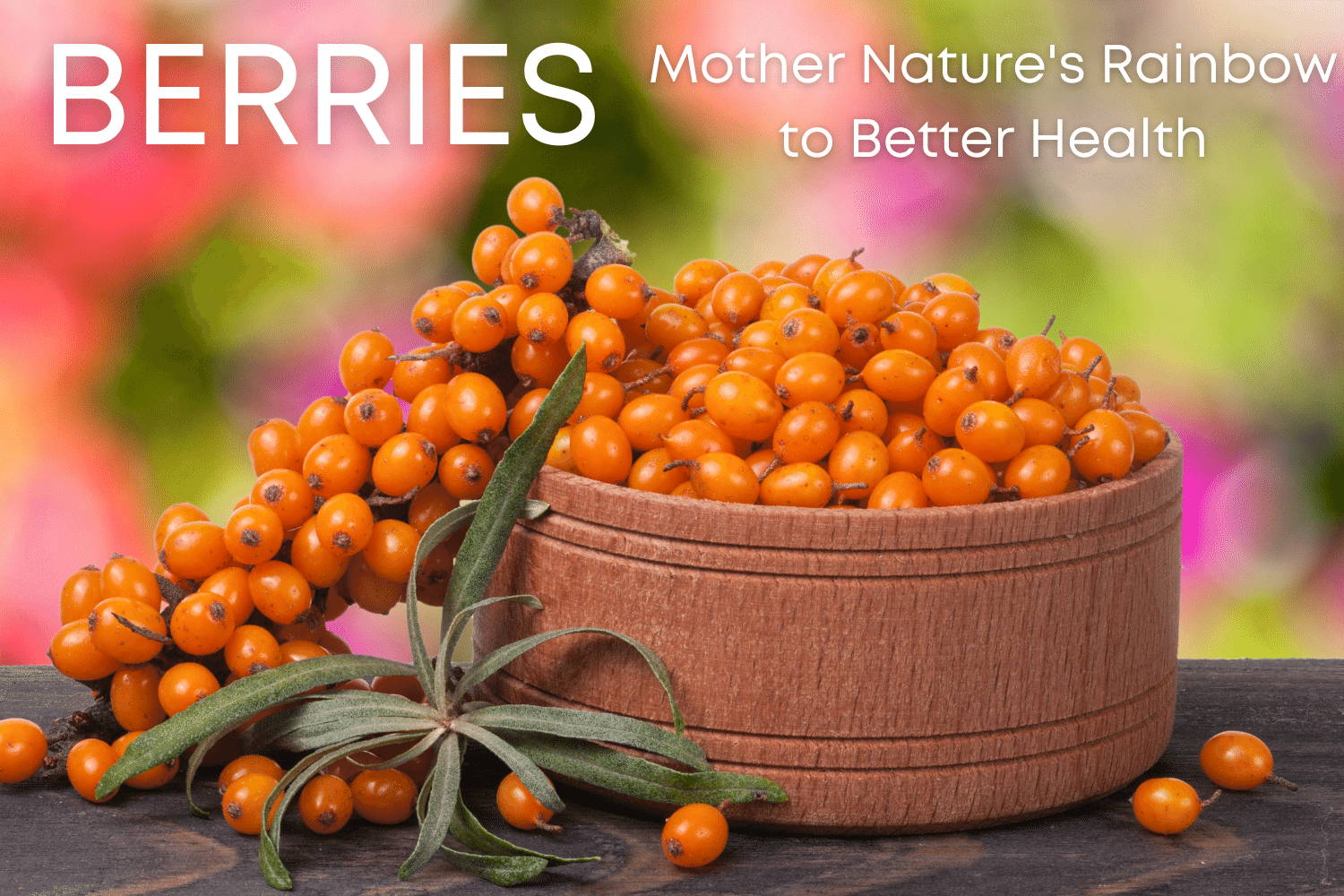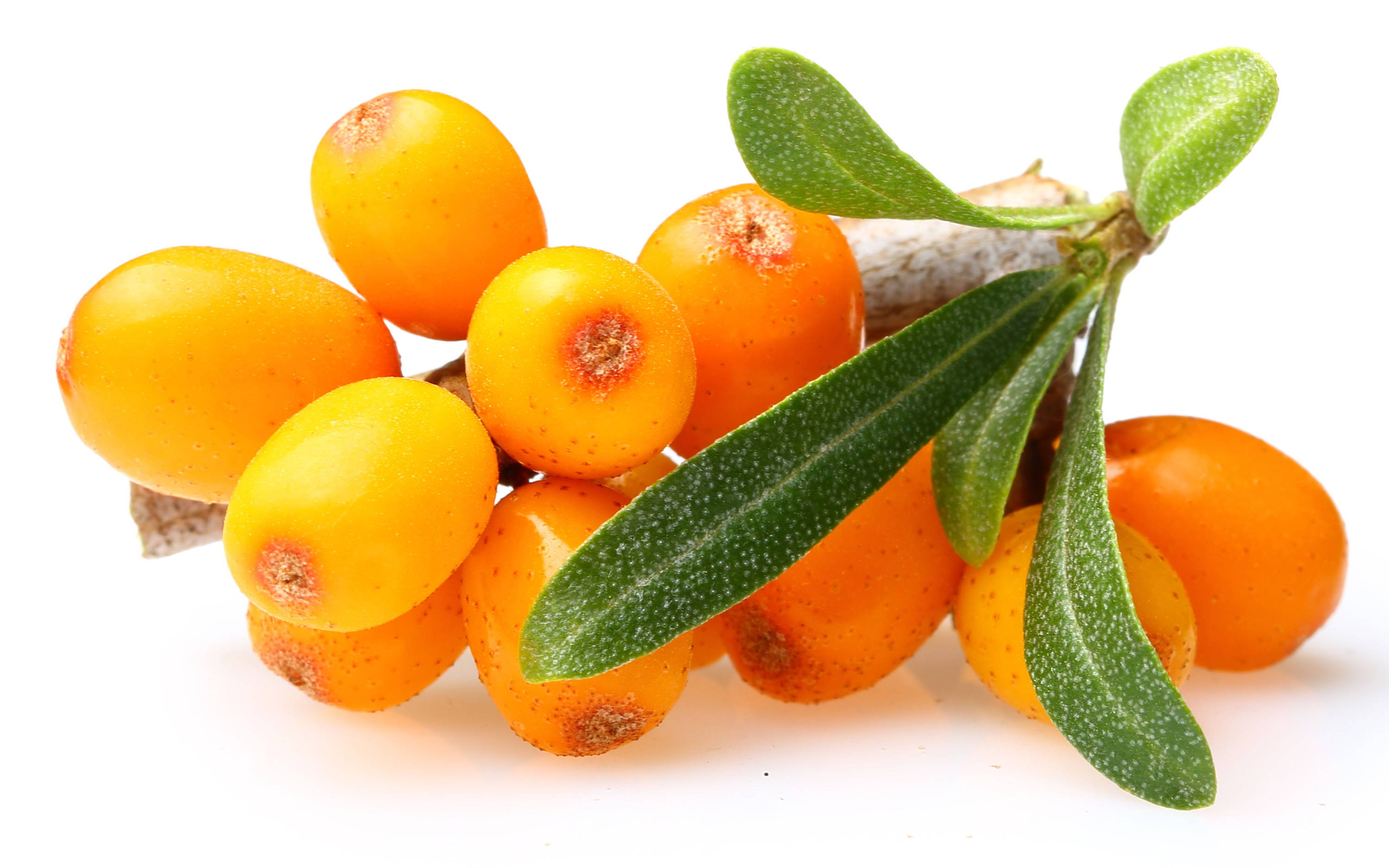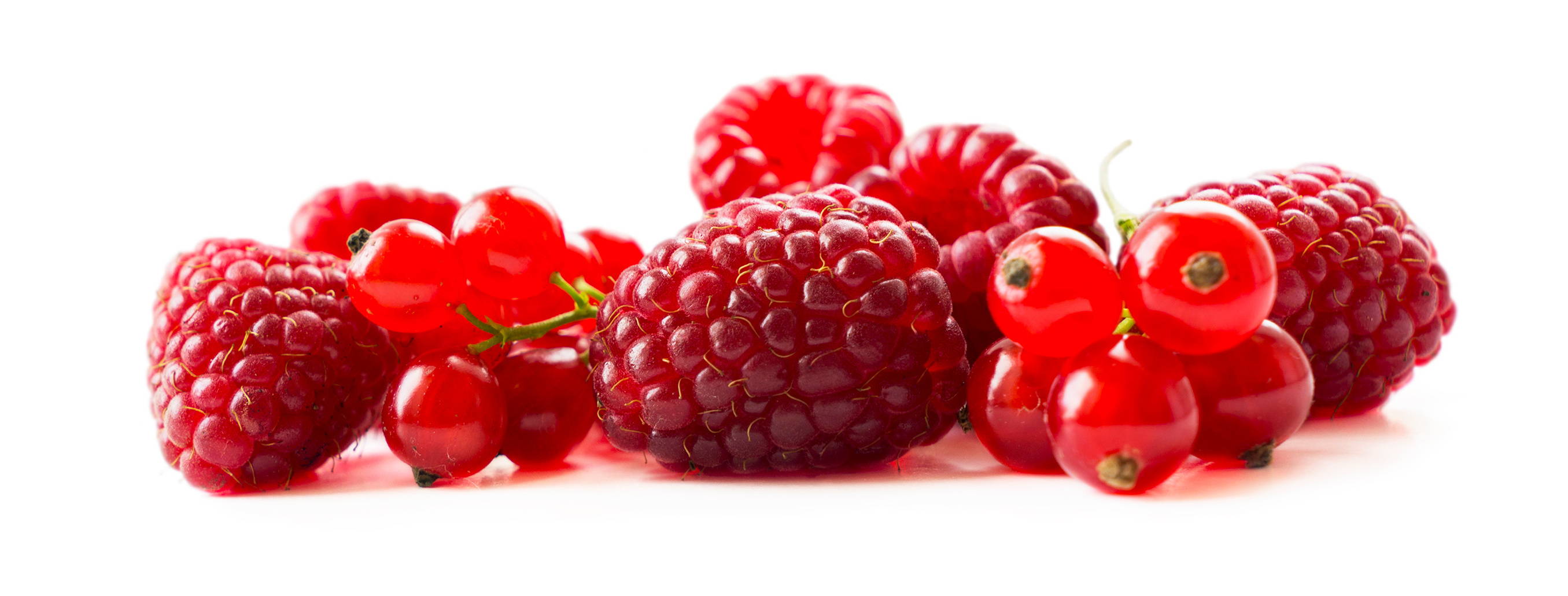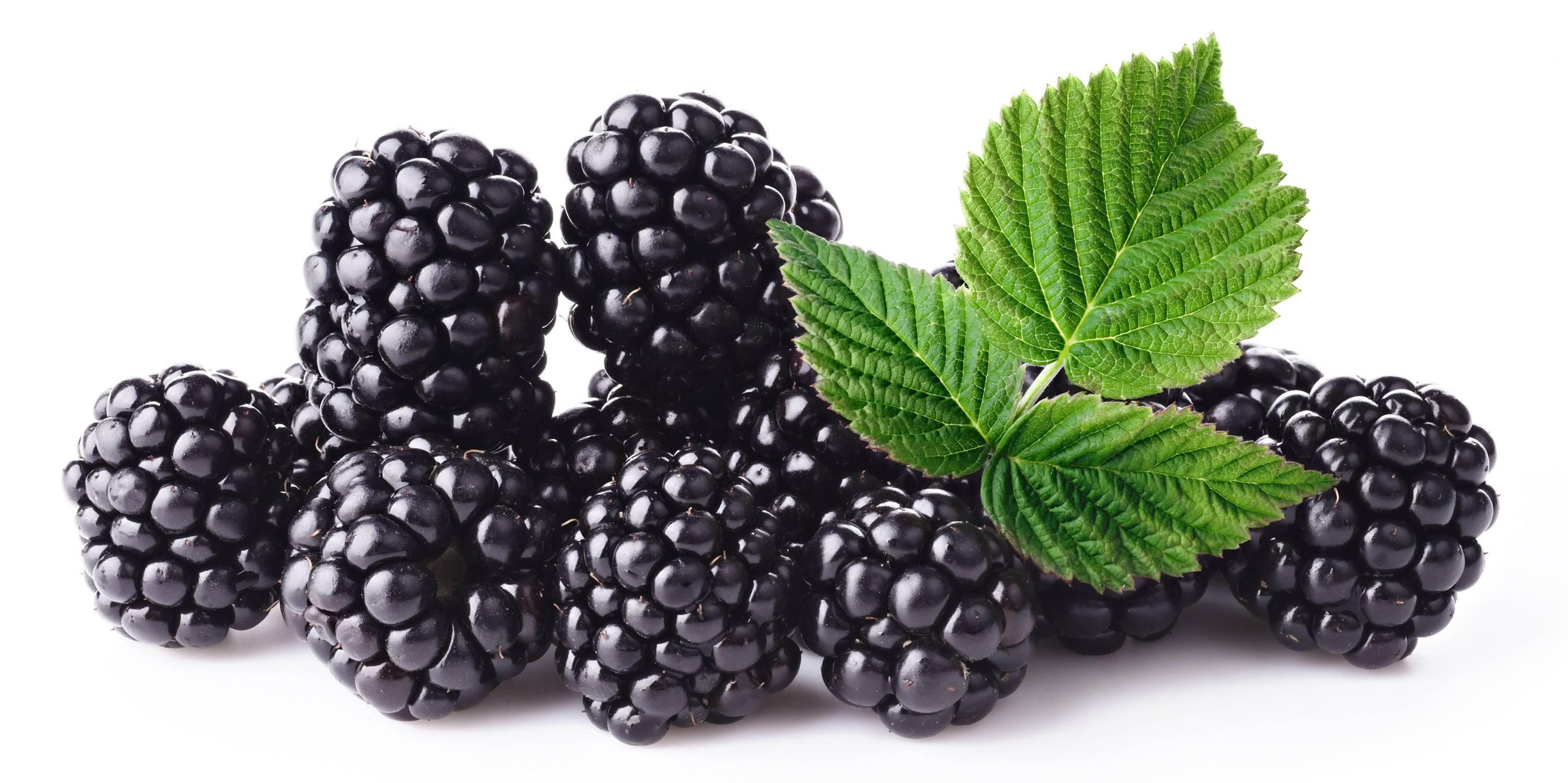
The Colors of the Foods We Eat Hold a Treasure of Health Benefits
Most of us have been attracted to a rainbow of colors from a young age.
Maybe you remember the pleasure of dipping a paint brush and smearing brilliant, bright colors on paper, or that first glimpse into a freshly opened box of crayons. A rainbow of colors contains so much potential. This isn’t just true for youth or art.
The colors of the foods we eat hold a treasure of health potential, too.
There’s one type of fruit in particular that offers a beautiful range of hues, all holding a mega-loads of nutritional diversity. If you haven’t guessed, we’re talking about berries, and there are so many wonderful varieties to choose from.
Berries of all types are among some of the most nutritious and healthy foods on the earth. While most of them are nutritionally dense, they don’t all offer exactly the same health benefits.
The healthy benefits that are packed inside each sweet, juicy jewel are highly depending on the color of the berry.
What Do the Colors of Each Berry Mean for My Health?
The color of specific berries, and other types of gorgeously hued fruits and vegetables, is due to something called flavonoids and carotenoids.
Flavonoids and carotenoids are both naturally occurring plant compounds that are super-rich in antioxidants. Carotenoids give berries a yellowish or orangish hue, while flavonoids are responsible for colors like the red, purple, and blue colors in berries.
The type of flavonoid that produces these colors is called anthocyanin. Other plant compounds that give fruits and vegetables their characteristic colors include:
• Beta-carotene
• Alpha-carotene
• Lycopene
• Phenolic Flavonoids
This list just barely taps into the source of plant-based nutrients.
In addition to these flavonoids and carotenoids, there are many additional plant compounds that contribute not only to the color of berries and other plant-based foods, but also to their nutritional value and antioxidant capacity.
The wider the spectrum of colors from plant-based foods that you include your diet, the more you benefit nutritionally.
Foods with anthocyanins, which include darker berries like blueberries, blackberries, and huckleberries, are currently thought to contain the highest antioxidant capacity. In general, the darker and ruby or blue hued a food is, the higher the antioxidant load.
However, there are exceptions to this, including sea buckthorn berry, which contains carotenoids that give it a beautiful orangish yellow coloring.
Sea buckthorn berries are considered a superfood, not only for their high antioxidant load, but also for their entire nutritional spectrum.
So, which berries are best to eat? The answer is all of them! But let’s take a look at what each type of color of different berries have to offer from a health and nutritional perspective.
Berries, Mother Nature's Rainbow to Better Health
Many of us have a favorite berry that we just love and can’t get enough of, to the point that we tend to forget about the others.
There’s nothing wrong with having a favorite, but adding a little color diversity to your bowl of berries can offer an even greater amount of nutrition and health benefits that you can feel on the inside, and see on the outside.

Yellow & Orange Berries
One of the most popular berries in this color category is sea buckthorn berry.
This small orange berry has been gaining recognition in recent years for its long list of health benefits. Not only has there been a growth in sea buckthorn supplementation, but we’re also seeing more of it added to high-quality skincare products, like our Sibu Luxe Oil.
Sea buckthorn berry is rich in carotenoids, which give it that gorgeous warm yellow/orange hue. A nutritional profile of sea buckthorn shows us that it has a high load of bioactive compounds, including everything from antioxidants and essential fatty acids, to being rich in vitamins C, K, and E. Sea buckthorn’s anti-inflammatory, antioxidant, and anti-microbial properties make it one of the healthiest berries to add to your list.
Sea buckthorn isn’t the only wonderful berry in the yellow and orange category. Golden raspberries and gooseberries are unique, delicious, nutritious, and worthy of your attention.

Red Berries
Red berries get their coloring from anthocyanin, and sometimes also carotenoids, which give them their luscious red coloring. Berries in this color category offer a range of healthy benefits, including being rich in antioxidants, and many are high in vitamin C and other nutrients.
Some of the most popular berries fall into this category, but there’s one fun fact you should know. While we’ve include strawberries, raspberries, and later blackberries, in our list, they actually aren’t berries at all. Botanically, they don’t fit the definition of a berry.
Botanically, a berry is defined as a fruit that comes from a single flower with a single ovary. Strawberries, and other berry-like jewels with lots of tiny seeds, are actually formed from more than one ovary. Still, they’re high in antioxidants and nutrients, and we usually think of them as berries, so we’ve including all of them in this list.
-
Strawberries: A fresh picked, bright red strawberry is one of the most wonderful things. They’re high in flavonoids, and also an effective anti-inflammatory.
- Cranberries: These red jewels are a favorite around the holidays, but they should be enjoyed the entire year. They contain antioxidants, vitamin C, anthocyanins, flavanones, and flavanols.
- Raspberries: If you want to be proactive against heart disease and inflammatory health issues, raspberries are tiny nutritional powerhouses that you should have on your list. They’re also high in fiber compared to other berries, which is a bonus for digestive health.
- Goji Berries: You can usually only find these little nutritional superheroes in their dried form, at least in the western world. However, they’re easily added to smoothies, breakfast bowls, cereals, and even healthy baked goods. Goji is another one of those berries that has reached almost a cult status in the world of superfoods.
- Lingonberries: Lingonberries are tart and a little sour, which is why you don’t see many people eating them on their own. However, they’re delicious when turned into jam, baked into a pie, or even added to a salad. Lingonberries contain flavonoids, along with vitamin C and some trace minerals.
- Red Currents: Both red and black currants are most commonly found in their dehydrated form in the grocery store, similar to raisins. They’re both delicious, but if you’re looking for maximum benefits, choose black currants due to their high anthocyanin content.

Purple & Blue Berries
If you’re looking to get the most health and beauty benefits from your berries, the ones that fall in the purple and blue category are the way to go.
These berries contain the highest amount of anthocyanins and antioxidants compared to most other types of berries.
- Blueberries: Blueberries are wonderful for many reasons. They’re well-liked, easy to find in most grocery stores, and they contain anthocyanins, vitamin C, vitamin K, and fiber.
- Huckleberries: Huckleberries look almost identical to blueberries, with a deep blue or purple color coming from a high load of anthocyanins. Huckleberries have less sugar than blueberries and they contain a good amount of fiber.
- Acai Berries: Acai is one of those berries that has earned a superfood reputation in recent years. Acai berries are very high in plant compounds such as polyphenols and other antioxidants.
- Chokeberries: Chokeberries are less common, and some say that their tart flavor is an acquired taste. Chokeberries are so high in anthocyanins that their dark purple hue looks almost black. They’re also an excellent anti-inflammatory ,which is wonderful, especially for inflammatory conditions, such as acne.
- Elderberries: You might recognize elderberry from the supplement or cough/cold aisle of your pharmacy. Elderberry is great for boosting the immune system, soothing respiratory infections, and contains vitamins C and A.
- Boysenberries: These red nuggets are underestimated in the berry world. Boysenberries are thought to aid in blood sugar regulation and help absorb fat.
Enjoying The Benefits of Berries, Inside & Out
Edible berries of all types are nutritional superfoods, plus they’re delicious and hard to resist.
When you enjoy a range of colors of berries, you benefit from their diverse nutritional profiles. Some types of berry extracts and oils, such as sea buckthorn, also work wonderfully in skincare. Whichever way you do it, a rainbow of berries is a wonderful thing for your health and beauty.
References:
• https://www.sciencedirect.com/science/article/pii/S2665927119300097
• https://www.rogelcancercenter.org/living-with-cancer/mind-body-side-effects/nutrition/eating-rainbows#:~:text=Purple%20and%20blue%20fruits%20and,the%20painful%20effects%20of%20arthritis.
• https://www.ncbi.nlm.nih.gov/pmc/articles/PMC5613902/#:~:text=Anthocyanin%20is%20considered%20as%20one,(2%2Dphenylchromenylium)%20ion.
• https://www.ncbi.nlm.nih.gov/pmc/articles/PMC8389226/\